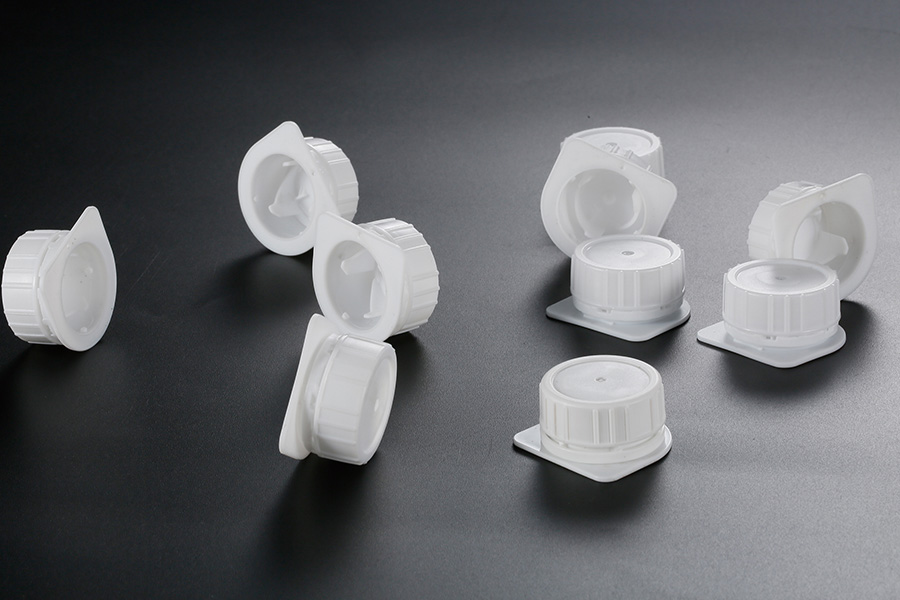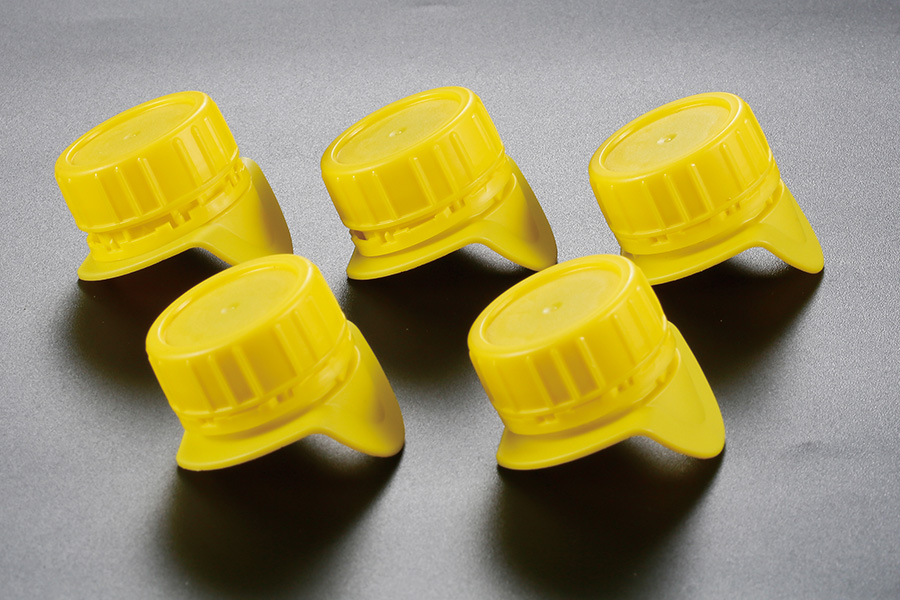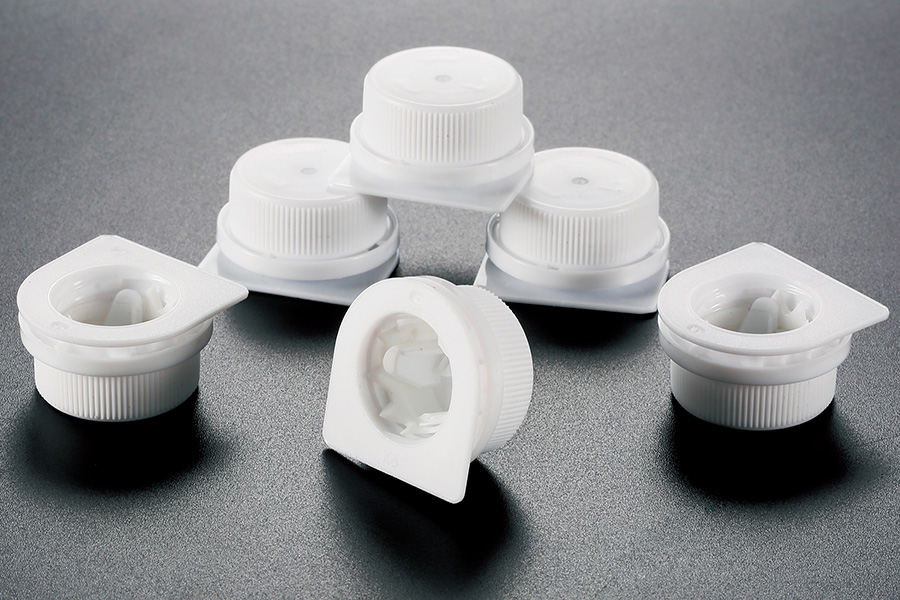As consumers become more environmentally conscious, manufacturers are exploring sustainable solutions that reduce environmental impact without compromising functionality. Among these solutions, the juice bottle cap and easy-pour cap have emerged as important components in achieving eco-friendly packaging designs.

The juice bottle cap plays a vital role in maintaining the freshness and safety of liquid products packaged in cartons. Traditional caps are often made from non-recyclable plastics or incorporate materials that hinder recycling processes. To address this, manufacturers have been developing juice bottle caps from recyclable plastics or biodegradable materials that align with sustainability goals. These caps not only ensure product protection but also contribute to reducing plastic waste. An eco-friendly juice bottle cap is designed to be compatible with existing carton packaging machinery while offering a lower carbon footprint.
Similarly, the easy-pour cap is increasingly recognized as an eco-friendly closure solution that enhances user experience while having less environmental impact. Its design focuses on facilitating smooth pouring and reducing spillage, which helps to limit product waste. The easy-pour cap also encourages consumers to reuse the packaging, thereby extending the life cycle of the carton. Many eco-friendly, easy-pour caps are made with materials that support recycling programs, and some even incorporate post-consumer recycled content. This approach helps close the loop in packaging waste management and supports circular economy principles.
One challenge in adopting eco-friendly closure options for carton packaging lies in balancing sustainability with performance. The juice bottle cap must maintain a tight seal to prevent leaks and contamination while being easy to open and close for consumers. Innovations in cap design and material science have enabled the development of closures that meet these requirements without relying heavily on non-renewable resources. For instance, some juice bottle caps use thinner plastic layers or integrate renewable bioplastics, reducing material usage and environmental impact.
The easy-pour cap also benefits from these innovations, with designs that optimize flow control and leave less residue in the carton after use. This not only improves consumer satisfaction but also reduces waste generated during product consumption. The widespread adoption of eco-friendly easy-pour caps in the beverage sector can significantly decrease the environmental footprint of packaging operations.
Another important factor is the compatibility of eco-friendly caps with carton packaging recycling systems. For closures like the juice bottle cap and easy-pour cap to be truly sustainable, they need to be recyclable within existing waste management infrastructures. Some closures are designed to be easily separable from cartons during recycling, preventing contamination of the recycling stream. In other cases, caps are produced from the same or compatible materials as cartons, simplifying recycling processes and increasing material recovery rates.
Industry stakeholders are also exploring certifications and standards to promote eco-friendly closure options for carton packaging. Such guidelines ensure that juice bottle caps and easy-pour caps meet environmental performance criteria while maintaining product safety and usability. As these standards become more widespread, they encourage innovation and adoption of sustainable closures.
Consumer education plays a vital role in the success of eco-friendly closures. Clear labeling and instructions on how to recycle juice bottle caps and easy-pour caps can increase recycling rates and reduce littering. Brands that actively communicate their sustainability efforts often build stronger relationships with environmentally conscious consumers, driving market demand for eco-friendly packaging solutions.
In conclusion, eco-friendly closure options for carton packaging, particularly juice bottle caps and easy-pour caps, represent a crucial step toward reducing the environmental impact of beverage packaging. Through material innovation, design improvements, and collaboration across the supply chain, these closures offer a balance of sustainability and performance. As the beverage industry continues to evolve, eco-friendly juice bottle caps and easy-pour caps will play an increasingly important role in meeting both consumer expectations and environmental responsibilities.


 English
English  русский
русский عربى
عربى



